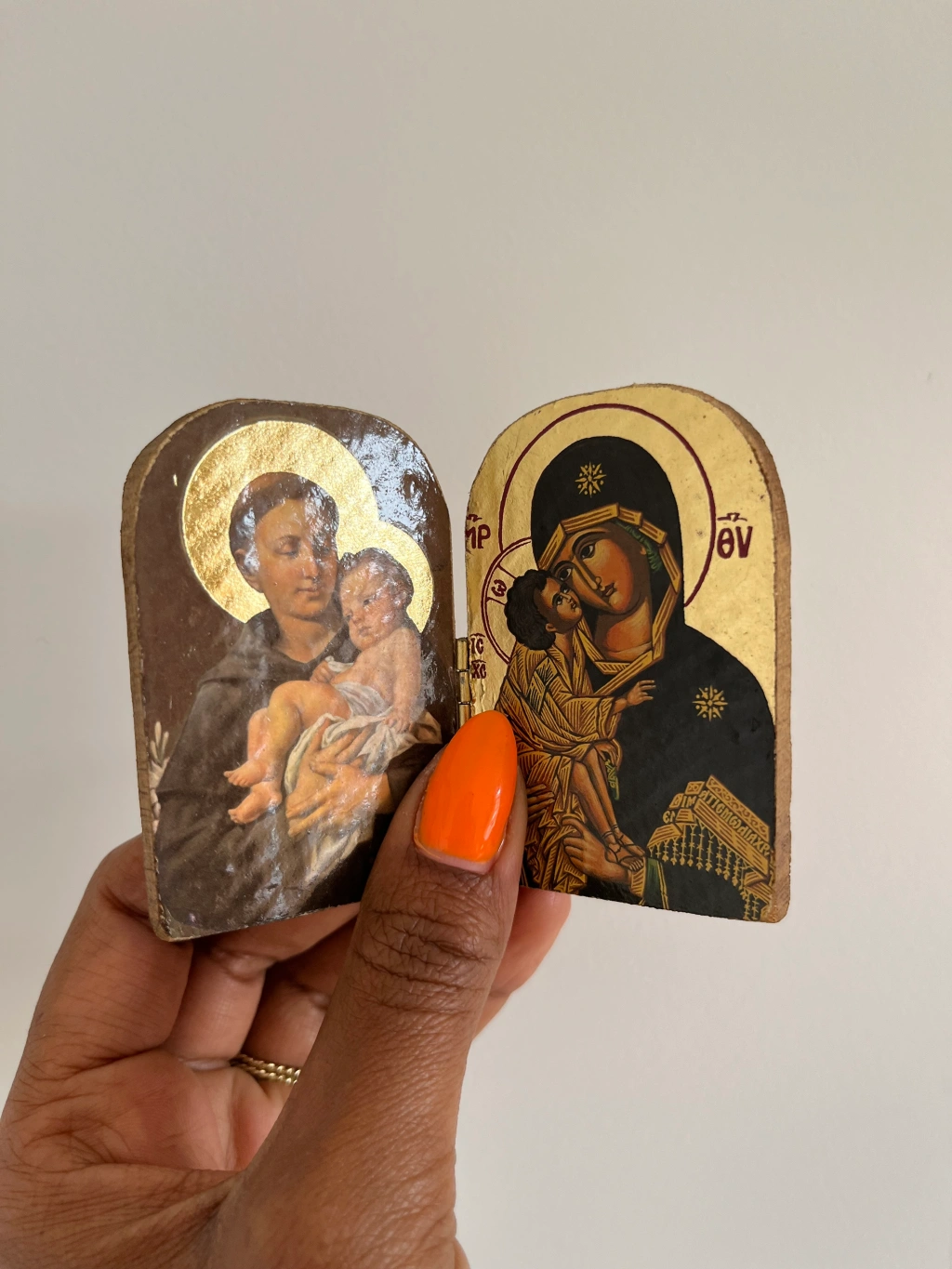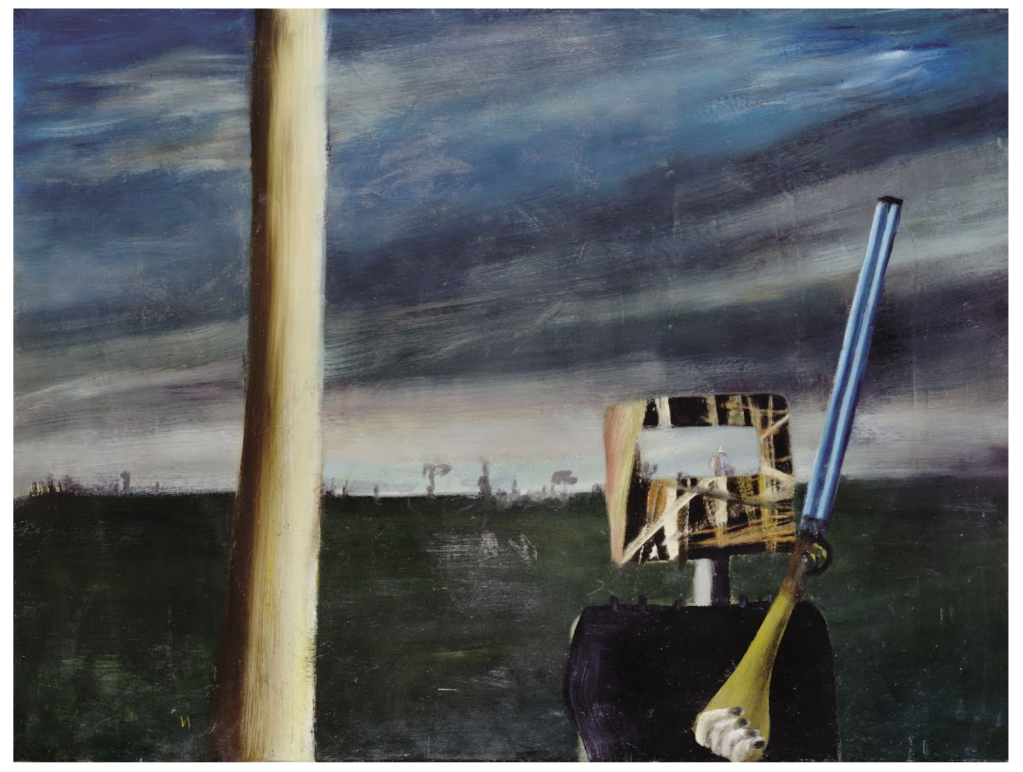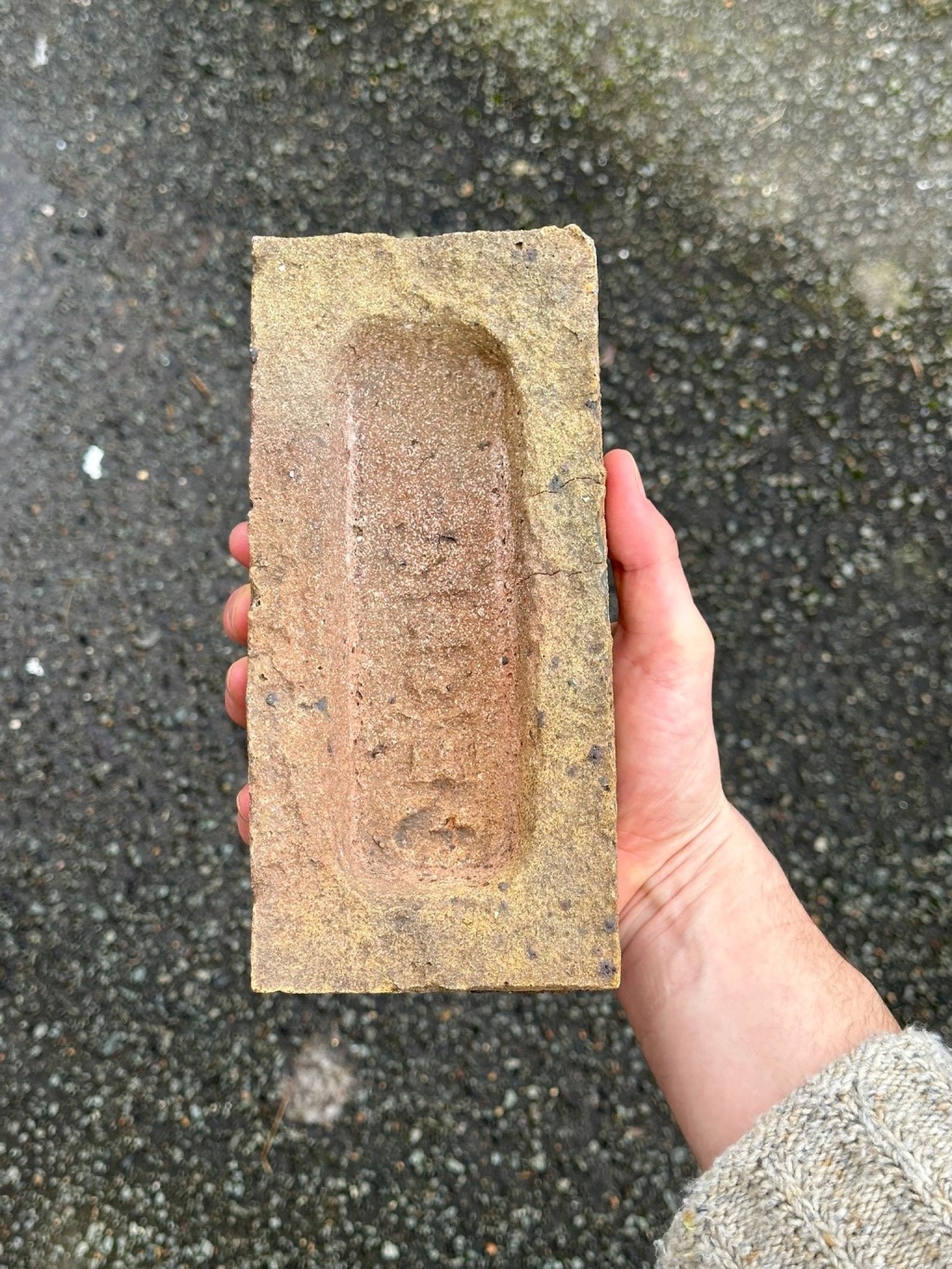Peter Copping, Creative Director at Oscar de la Renta, on Whistlejacket by George Stubbs, 1762
GB Tell me why you chose this painting.
PC I grew up with horses and have always had a passion for them. As a child I used to ride. Whistlejacket by George Stubbs is an amazing painting and captures everything that is great about the horse. Painted in the 18th Century, it has a modernity and force that many paintings of today don’t come close to. In Gallery 34 of the National Gallery, where it is now housed, you first notice it from the distance. It dominates the room and really draws you in. Even if you are not equestrian minded you can’t help but be touched by the painting. It has a huge amount of presence. Stubbs tended to paint horses in a landscape attended by grooms which were quite static and passive, so this was a huge departure for him. The painting really shows the character of the horse; you can almost feel his breathing, sense his muscle and the blood in his veins. Whistlejacket is an idolized portrayal of a horse, but at the same time very realistic. The landscape has been stripped away and it is a pure portrait of a horse. Imagine seeing this in the 18th Century. For Stubbs to paint something this minimal it must have been very controversial and it is hard to think how it must have been perceived at the time.
GB I feel like he’s saying, “THIS is how you paint a horse.”
PC Absolutely. Stubbs studied anatomy to the extent that he’d dissected horses. I read somewhere that he had corpses of horses hanging in his studio ready to draw. Whistlejacket belonged to the Marquess of Rockingham and had been a very successful racehorse, although apparently not a particularly nice one. He was difficult in the stable and I think that his temperament is captured in the painting. His eye has a really fiery look to it. We always used to say that you can tell the temperament of a horse by its eye. Whistlejacket doesn’t have a kind eye.
GB The scale is interesting. It’s almost life size but not quite.
PC Yes. It almost looks like a child’s show pony, a perfect scaled down version of a thoroughbred. It is interesting to think how the horse has been depicted through the centuries. Some of the earliest paintings, for example, the cave paintings of Lascaux dating from 16000 BC are very minimal, a very pure and naïf representation. Compare this to Velasquez or Van Dyck, their horses were never portrayed alone. The rider played an important role.
GB This one looks like it’s missing a rider.
PC I think that’s because of the position. We’re used to seeing a cavalier on a rearing horse. The lack of a human is slightly unnerving and makes you ask questions. There is another painting of Whistlejacket in a group of horses, looking much more passive, still with solid colored background, but it doesn’t have the vitality of this painting.
GB It was painted at an interesting time, just before Darwinism, when people were beginning to realize that humans weren’t as superior to animals as they’d thought.
PC Whistlejacket almost looks like a “supermodel” with his flowing tail and mane and beautiful shiny coat. As horses go, he’s the top of the top. But when you look closer there are a few slight imperfections on the body. Stubbs used to paint white speckling at the withers where a saddle had been badly fitted. Whistlejacket has one white sock above his hoof. In the world of horses there’s a saying that if the horse has one white sock you “keep him not a day”. Two is, “send him far away”. Three is, “sell him to a friend”. Four is, “keep him to the end”. So with his one white sock, Whistlejacket shouldn’t even have been kept.
GB Your work is so beautiful and feminine. Do you separate beauty into masculine and feminine?
PC It’s difficult to say because I work in such a feminine world all day long. We’re always thinking about whether something is beautiful and whether a woman will wear it. The balance is so tipped towards femininity that male beauty doesn’t really come into play. A horse for me has more of a masculine perception, yet when you look at Whistlejacket, a perfect example of an Arab Stallion there is a femininity to him. This is a horse that is in touch with his feminine side! I have seen appropriations of Stubbs’ painting depicting Whistlejacket in a coarse heavier manner rendering him more “masculine”. Stereotypically horses appeal more to women. Look at My Little Pony, it is so targeted at girls who love the grooming aspect of them with the extra-long mane and tail. Whistlejacket is almost the ultimate My Little Pony. If he could be re-depicted in pink, he’d have it all!
GB Do you think 18th-century art has an influence on your work?
PC I have to say, I love the 18th Century in general, the paintings, fabrics and porcelain, so the influence is not necessarily from Stubbs but from the period in general. I love English and French 18th Century. I love to walk around the Wallace Collection and see the Fragonard paintings. Having lived in Paris for a long time, I came to see that for a certain number of people in the 18th Century the reality really wasn’t so far from the way it was depicted by Fragonard and Boucher. I know people in France today who are still living this way. I do think that the revolution still relates very strongly to the psyche of the French people. They still have a strong affection for the style of that period.
GB What makes something worthy of the word Beauty to you?
PC There are things we’ve discussed today like beautiful porcelain and Whistlejacket that are no-brainers and in my work I really do strive for beauty, but at the same time I always try to offset it. I like it when it’s a kind of twisted beauty. When something has become too perfect I find it slightly uncomfortable. So even with clothing, sometimes when we’ve made the most beautiful dress I’ll say to the seamstress, now take it back into the atelier and press it until it’s creased or piece-wash it to make it break down and crumple. So that brings me round to the idea that you can see beauty in anything. I’m looking out of my office window at the New York skyline. It’s completely industrial, grey and beige, with steam coming out of the air conditioning vents on the roofs and it’s beautiful. But so is an English countryside landscape. You have to use your eyes and see beauty in everything.





